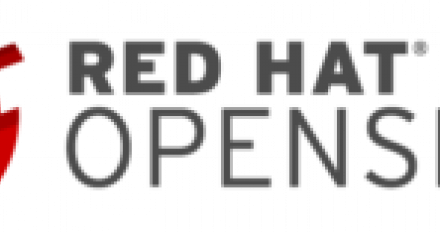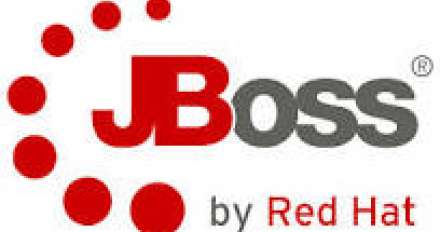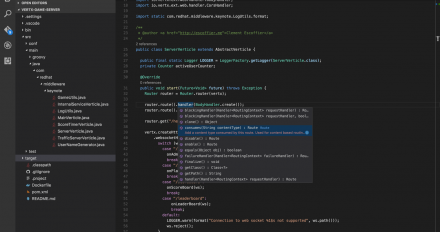
What's new in WildFly 8?
For this session we have the WildFly project lead, Jason Greene. WildFly 8 (née JBoss Application Server) is Red Hat's open source Java EE 7 compliant application server. It contains robust implementations of WebSocket, Batch, JSON, Concurrency, JMS2, JAX-RS 2, CDI 1.1, and all Java EE 7 technologies. Undertow is the new cutting-edge web server in WildFly 8 and is designed for maximum throughput and scalability, including environments with over a million connections. The number of ports is reduced used by multiplexing protocols over HTTP using HTTP Upgrade. Role Based Access Control support organizations with separated management responsibilities and restrictions. Roles represent different sets of permissions such as runtime operation execution, configuration areas that can read or written, and the ability to audit changes and manage users. In addition a new restricted audit log can be enabled including the ability to offload to a secure syslog server. WildFly also provides a "core" distribution that is ideal for framework authors that want to build their own application runtime using the powerful WildFly 8 architecture. NetBeans, IntelliJ, and Eclipse allow WildFly to be used for development, deployment, and debugging. This session will provide an overview of all these features using several live demos. Format: 30 mins overview of WildFly 8 + 30 mins deep dive on some specific topic(s)


















